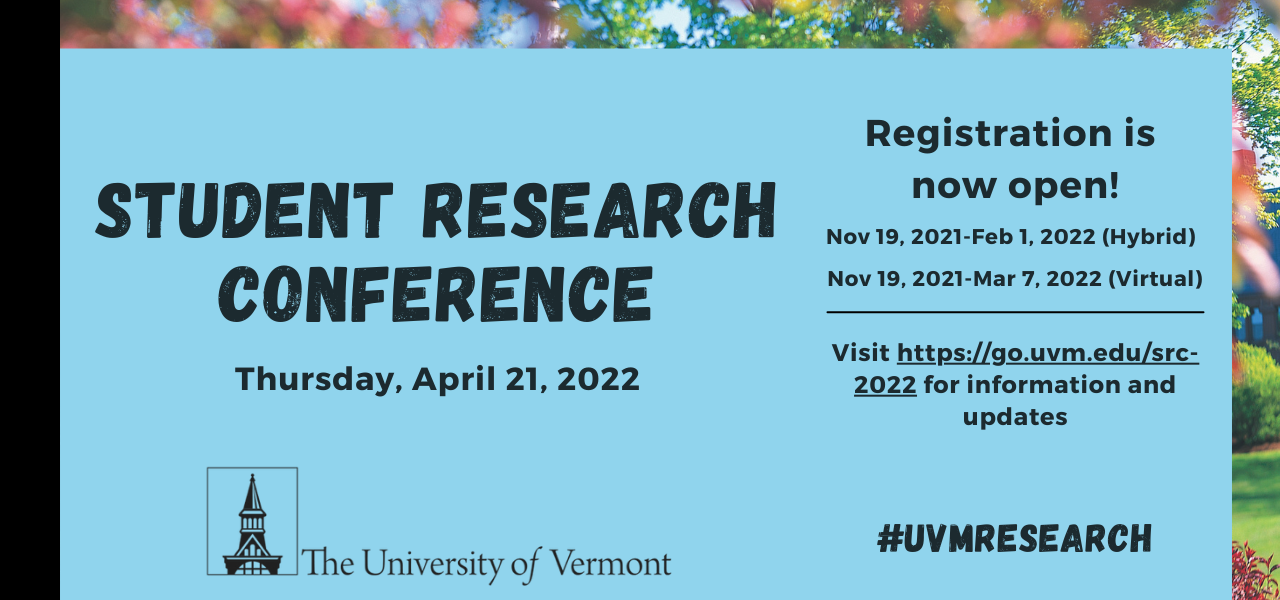An analysis of the UVMMC Volunteer Doula Program
Conference Year
January 2022
Abstract
Despite spending more per capita on healthcare than any other nation, the United States has the worst maternal and neonatal outcomes of all high-resource nations. The implementation of continuous labor support personnel, such as doulas, correlates with shorter labors, fewer instrumental births, reduced rates of cesarean birth and increased patient satisfaction with the birth experience. This article aims to evaluate the University of Vermont Medical Center (UVMMC) Volunteer Doula Program— a community-based program offering free doula services. Specifically, this study aims to understand if there is a correlation between the presence of a volunteer doula and rate of medical intervention during the birth experience.
Primary Faculty Mentor Name
Sarah Heiss
Faculty/Staff Collaborators
Sarah Heiss
Status
Undergraduate
Student College
College of Agriculture and Life Sciences
Program/Major
Accelerated RN-BS-MS
Primary Research Category
Health Sciences
Secondary Research Category
Social Sciences
An analysis of the UVMMC Volunteer Doula Program
Despite spending more per capita on healthcare than any other nation, the United States has the worst maternal and neonatal outcomes of all high-resource nations. The implementation of continuous labor support personnel, such as doulas, correlates with shorter labors, fewer instrumental births, reduced rates of cesarean birth and increased patient satisfaction with the birth experience. This article aims to evaluate the University of Vermont Medical Center (UVMMC) Volunteer Doula Program— a community-based program offering free doula services. Specifically, this study aims to understand if there is a correlation between the presence of a volunteer doula and rate of medical intervention during the birth experience.


